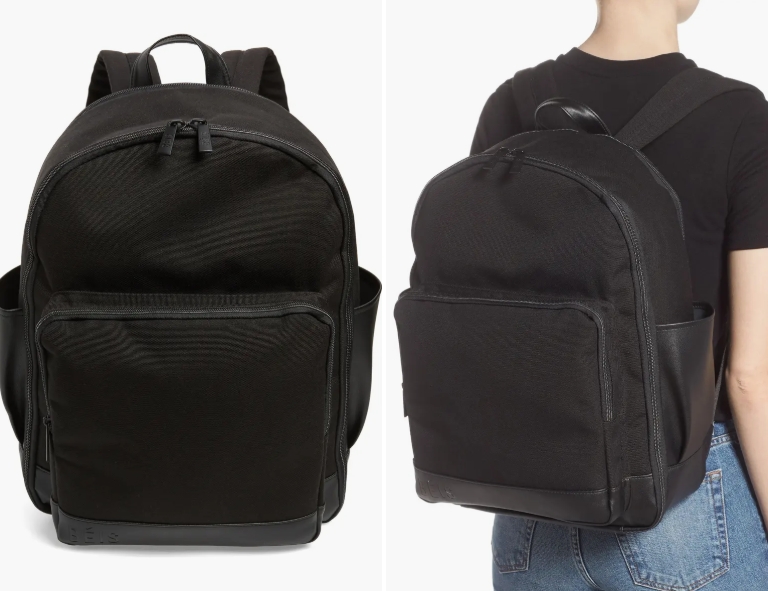Getting stuck in the middle seat can turn even a short flight into a cramped ordeal. Between limited space, no view, and zero control over the armrest, it’s the spot no traveler wants. The good news? With a few smart moves before and during your trip, you can almost always avoid it.
Here’s how to make sure you never end up in the middle seat again.
Book early and choose your seat right away
Your best chance at avoiding a middle seat starts the moment you book your ticket. Airlines usually open flight schedules up to 330 days in advance, and the earlier you buy, the more choices you’ll have. Don’t wait until check-in day. Select your seat immediately if the airline allows it.
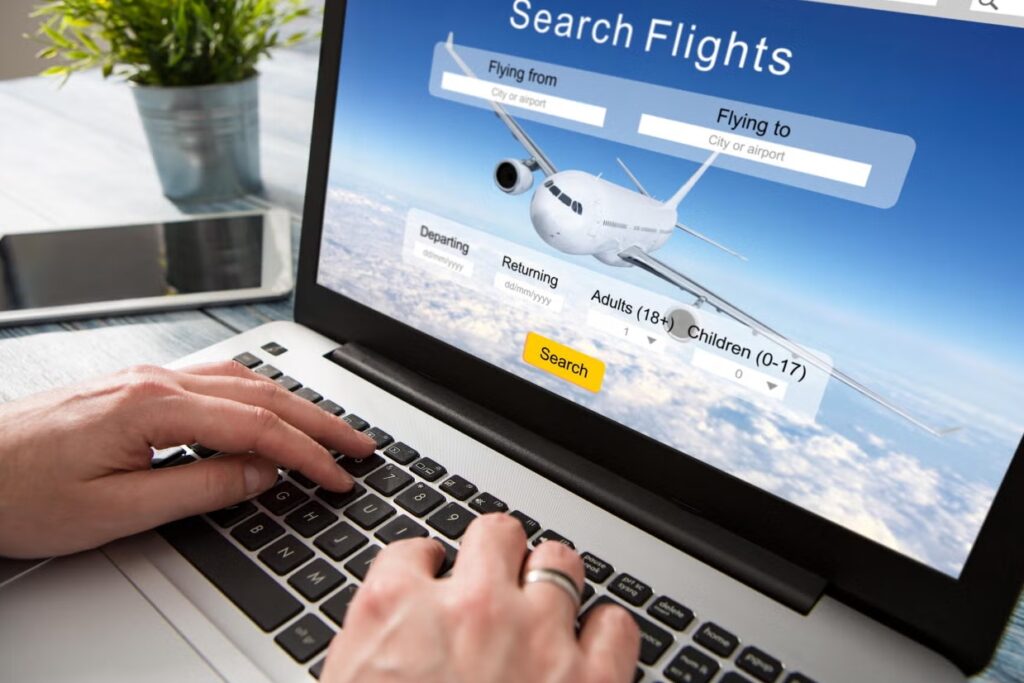
If you’re on a budget airline, seat selection might come with a small fee. It’s usually worth paying for peace of mind. Some seats near the back of the plane are cheaper and less likely to fill up, which gives you a better shot at open space around you.
Tip: When you travel frequently, lightweight accessories like a compact travel backpack make it easier to grab your essentials quickly when choosing a seat near the rear.
Avoid basic economy fares
Basic economy tickets may look like a deal, but they often come with restrictions, including no seat selection until check-in. That means you’re stuck with whatever’s left, which is usually the middle seat. If the difference in price isn’t dramatic, opt for standard economy instead. It often includes the ability to choose your seat, earn miles, and bring a carry-on without extra fees.
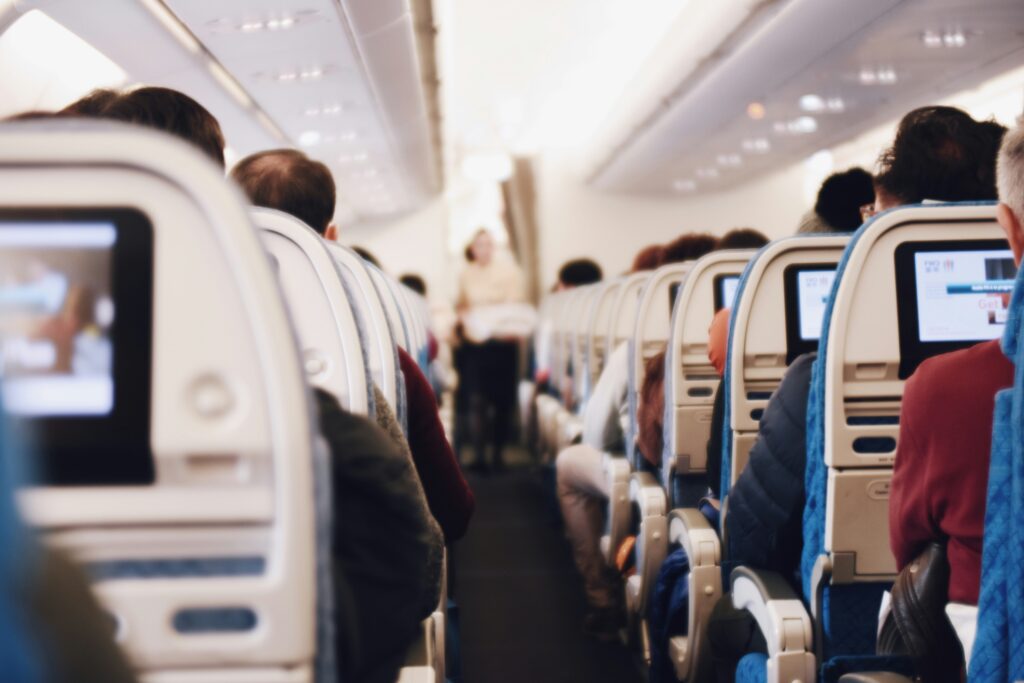
Even if you decide to book basic economy, check your reservation regularly. Airlines sometimes release more seat options closer to departure, especially within the final 24 hours.
Choose smaller aircraft or smart layouts
Not all planes are built the same. Regional jets like the Embraer 175 or Bombardier CRJ900 feature a 2-2 layout, meaning there are no middle seats at all. If you’re flying Delta, look for the Airbus A220, which also minimizes middle seats thanks to a 2-3 configuration.
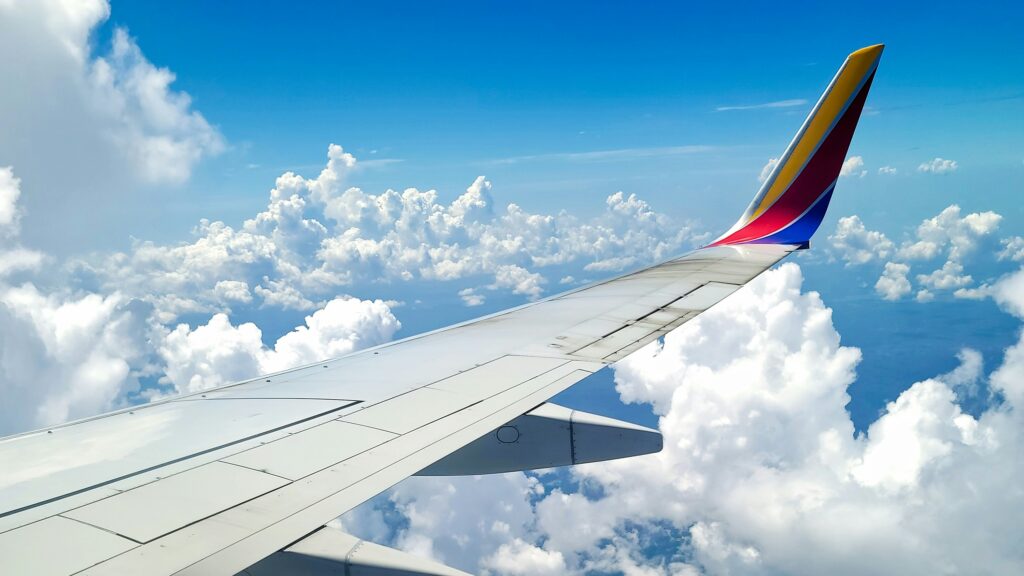
You can find this information by checking the flight details before booking. The aircraft type is often listed next to the flight number. If comfort matters to you, this extra step can make a big difference.
Check in early—really early
Most airlines open online check-in 24 hours before departure, but some allow it as early as 48 or even 72 hours. The earlier you check in, the more available seats you’ll see. Airlines often release additional seat options at this time, including exit rows or bulkhead seats.
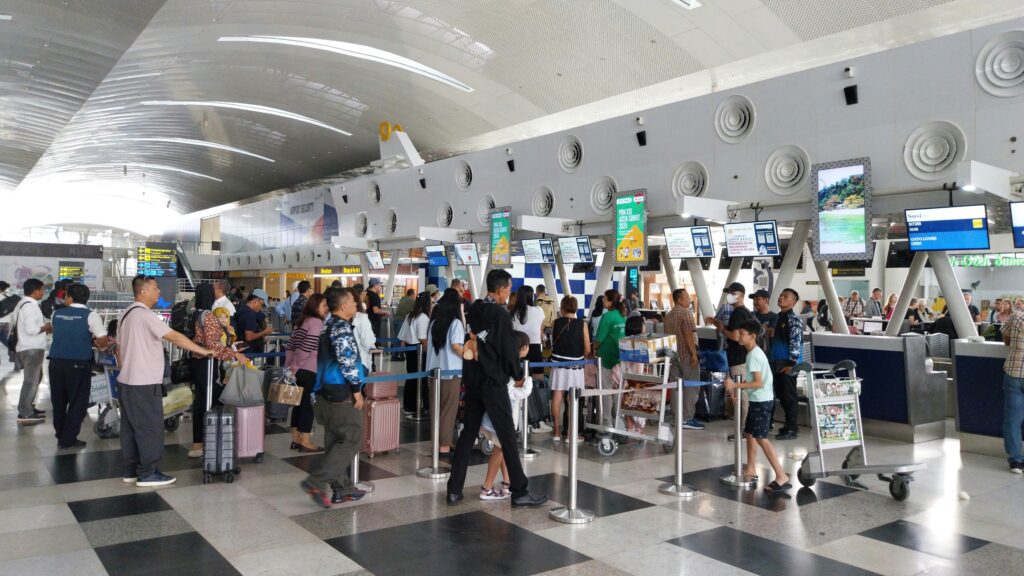
Set an alarm for the exact check-in time. Even a few minutes late can mean losing your chance at a better spot. For airlines like Southwest that use open seating, being early is crucial. It determines your boarding group and how soon you can pick a seat.
Keep checking your seat map
A lot can change between booking and boarding. Passengers switch flights, upgrade, or cancel. That means new seats, sometimes even aisle or window ones, open up without notice. Make it a habit to check your airline’s app in the days leading up to your flight.
If you notice a better seat, grab it quickly before someone else does. On long-haul routes, upgrades to premium economy or extra-legroom seats can also drop in price as departure approaches. If you’ve been eyeing one, this might be your chance.
Ask for help at the gate or counter
Gate agents often handle last-minute seat adjustments due to missed connections or equipment swaps. If you’re stuck in a middle seat, ask politely whether a window or aisle seat has opened up. A friendly attitude can go a long way—agents deal with dozens of requests daily and are more likely to help passengers who are courteous and patient.
If the gate is busy, try the airline’s customer service desk instead. They usually have more time to check for available seats. And if all else fails, you can still ask a flight attendant after boarding. Once everyone’s seated, they might be able to move you if a spot opens up.
Strategize where you sit
If you can’t pre-select, consider sitting near the back. Those seats often fill last, especially since many travelers prefer to deboard faster. The trade-off is a slightly longer exit time, but the benefit could be an empty seat next to you.
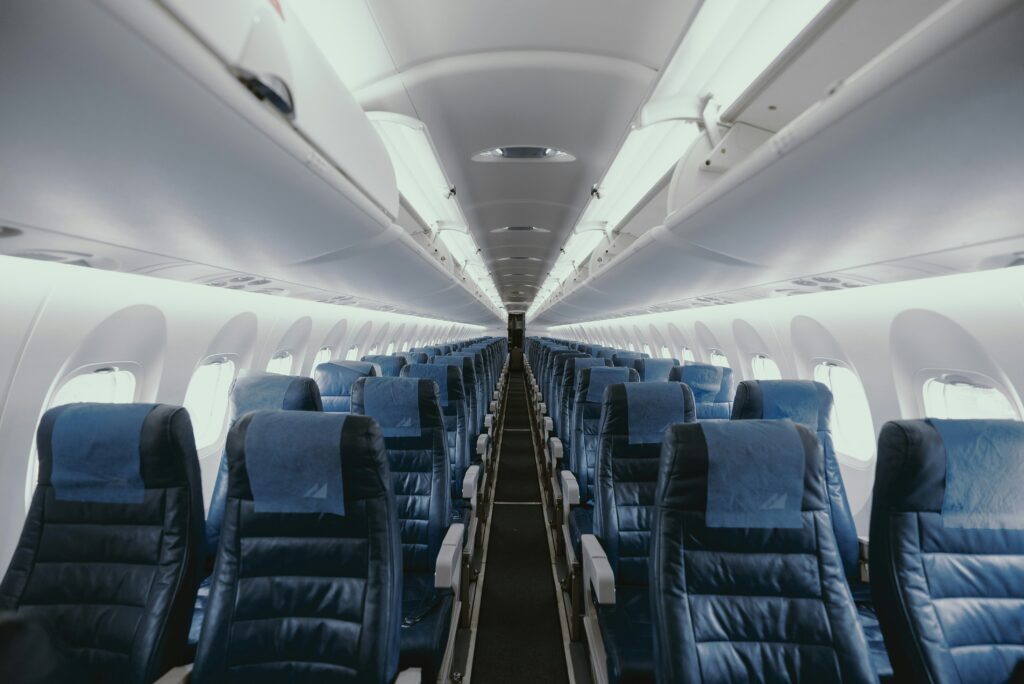
Another smart move: pick a window seat next to a row that already has the aisle taken. Solo travelers are less likely to choose the middle seat between two strangers if other rows are open.
You can also make long flights more comfortable with travel gear like a memory foam neck pillow or a lightweight blanket. Comfort counts when your goal is to relax, not squeeze in.
Use loyalty programs and upgrades
Frequent flyer status isn’t just for free bags. It often gives you early access to better seats. Many airlines reserve certain rows or exit seats for elite members, even in economy. If you travel regularly, joining a loyalty program can help you skip the middle seat problem altogether.
You can also use points or miles to bid for a seat upgrade. Sometimes, just a few hundred miles can move you from a cramped row to a more comfortable spot.
The bottom line
Avoiding the middle seat isn’t about luck; it’s about being proactive. Book early, check in early, and keep an eye on the seat map. Be polite when asking for help, and don’t underestimate smaller planes with fewer middle seats.
With a little effort and a few travel hacks, you can make sure every flight gives you room to breathe, stretch, and enjoy the view from your window or aisle.

